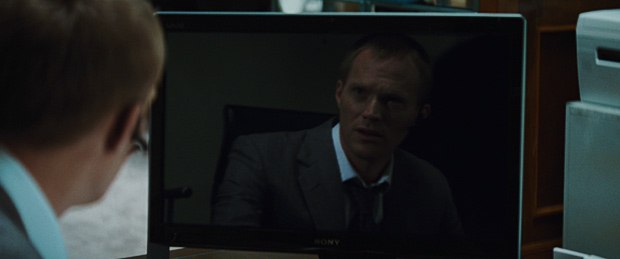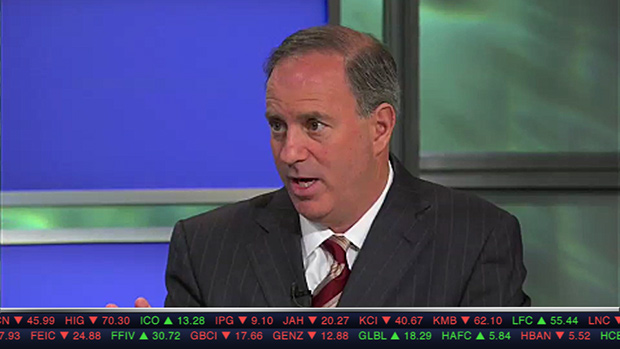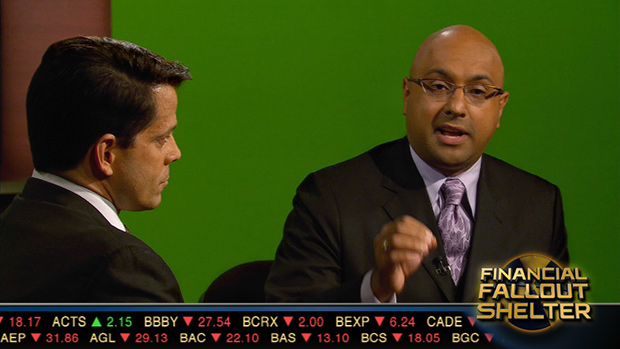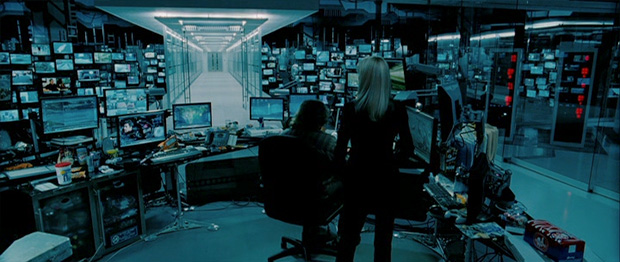Because of the scale of The Avengers, Rick Whitfield, Jim Sevin, Tim Gregoire, and I were brought on to engineer the hundreds of playback screens. Cantina Creative created the animated computer graphics that we needed to playback on the various set throughout the film.
The bridge set alone had 130 monitors. We needed to develop a way to be able route any of the 30 computer feeds out to the monitors on set.
Using 4 Blackmagic Design 40x40 3G videohubs we could organize and control what was on any given monitor in the shot.
Our video playback booth built under the carrier bridge set
In order to speed up our ability to manipulate the layout of the graphics on set as well as being able to put green screens on any monitor quickly for post VFX, it was clear I needed to write custom software to control the videohub routers.
Since the routers could accept Telnet commands over a wired network, I developed a router controlling application in Xojo (formerly Real Studio), that we could setup layouts of all the monitors on set at once and save it to a preset. This allowed us to switch to saved preset for a given scene with a single button click.
As well as routing the computer screens, we also need to control the timing of the playback graphics for some scenes. For example, in the scene where the mind controlled Hawkeye shoots the computer virus arrow into the bridge computer, I built a timed delay into our quicktime playback software to create a computer outage ripple effect.
Since the helmsman and map controls at the front of the Bridge set were shapes that could not be actual live playback screens. It was decided that instead of using green on those surfaces that they should be designed as a static backlit display. I was approached by the art department about designing the graphics for practical on set pieces. I goal was to make it blend in and fit with the graphics designed by Cantina Creative that we would be playing back on set.
On the helm display I used Adobe After Effects for the final print image. I ended up having better control over the shape and curvature.
As well as making it easier for the animators in post to make the final replaced shot in the film from the composition I created for print.
We also helped out at the Comic-Con Avengers booth.
Setting up a sample of the bridge control screens from the set on the Avengers stage.



















































